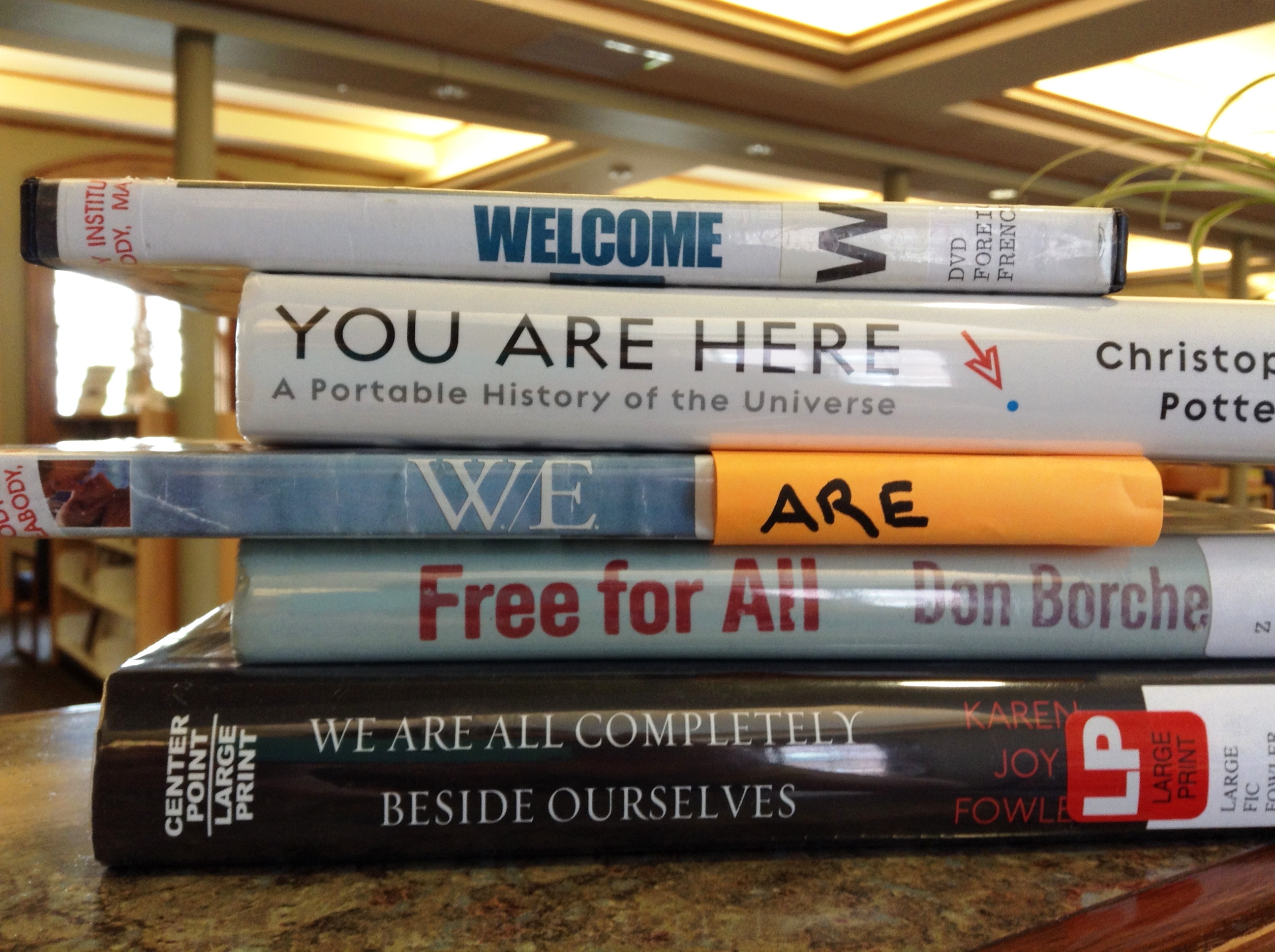One of my favorite displays at the Main Library is just past the circulation desk, set up on our former card catalog cabinet, not only because I have a long-standing adoration for card catalogs in general, but because our cabinet is always a source of fascinating books and ideas.
Our beloved assistance reference librarian, Alison, is responsible for dreaming up the theme for these displays and stocking those tiny little shelves, and here, she shares her thoughts on her current display, which you can explore by paying us a visit, or checking out the links in this post

Civil Rights in 2015
Inspired by the recent protests in Baltimore, Maryland, our current front book display is centered on the theme of “Civil Rights: Then and Now.” In order for any society to progress, it must remember and reflect upon its past to refrain from repeating its mistakes. Dr. Martin Luther King, Junior’s words exemplify the display’s meaning: “We must accept finite disappointment, but never lose infinite hope.”
American Race Riots through History
One of the first known racially motivated riots in the United States occurred in Washington D.C. in 1835, thirty years before slavery was abolished. Jefferson Morley chronicles this riot and its effects in his book Snow-Storm in August: Washington City, Francis Scott Key, and the Forgotten Race Riot of 1835. As the novel explains, after a 19-year-old slave came into his mistress’s room with an axe and was consequentially imprisoned, a crowd of white men angrily mobbed around the jail where he was contained. Next, in fear of a slave rebellion due to the growing abolition movement, whites stormed the city and destroyed a well-known free black man’s popular restaurant – the first restaurant to open in Washington D.C. These riots quickly escalated and black schools and homes went down in flames. Morley constantly reminds readers of how history books have skewed perception of American history in regards to race, such as the disregard for our national anthem’s author’s favor towards slavery. He begs the question, are we as Americans afraid to discuss how slavery impacted, and continues to impact, our society?
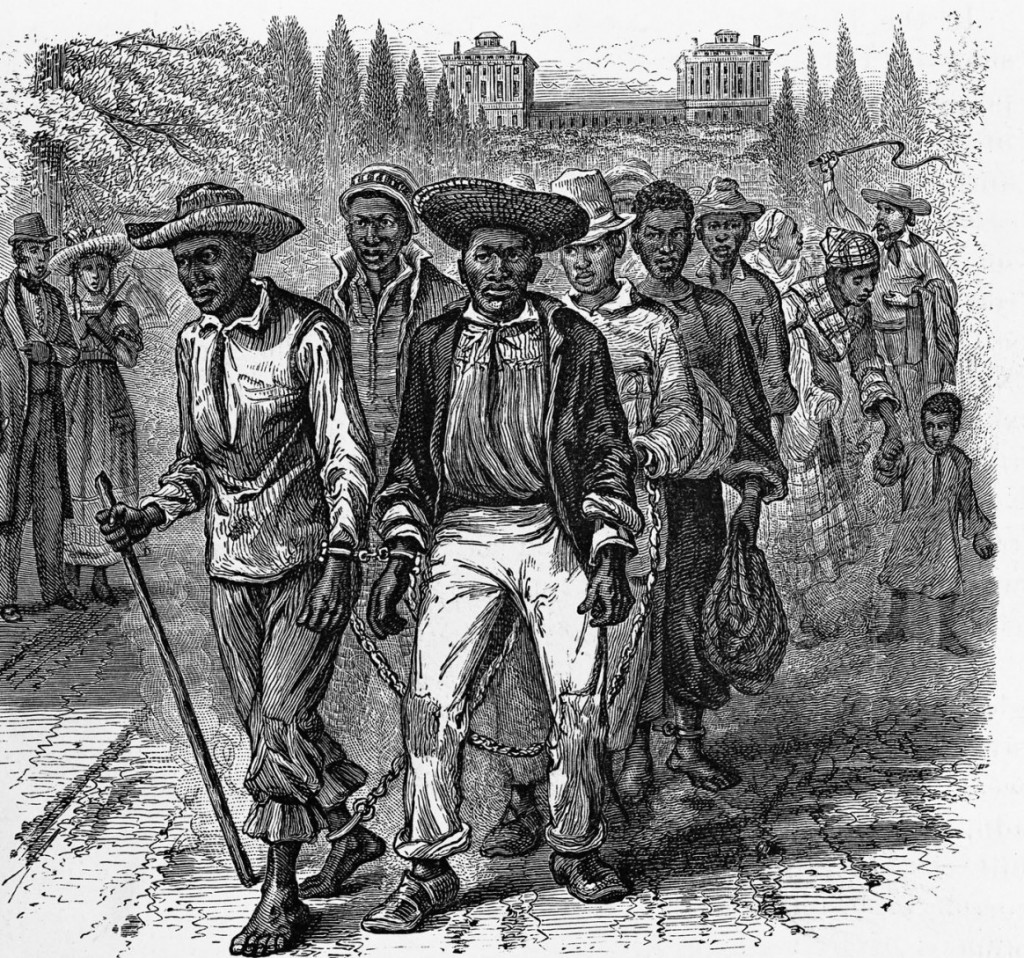
Next we look at Tulsa, Oklahoma. The Tulsa Race Riots of 1921 occurred after a black man was accused of assaulting a white woman. Thousands of white residents rampaged through the black section of the racially segregated town: they looted stores, burnt homes and hospitals, and killed black men and women. The National Guard was sent in, and began arresting blacks rather than the white rioters. The number of blacks that died is estimated to be anywhere between 25 and 300, and 20 whites were killed. These riots lay hidden for decades, only coming to light in the past fifteen years. Check out Riot and Remembrance: The Tulsa Race War and its Legacy by James S. Hirsch and The Burning: Massacre, Destruction and the Tulsa Race Riot of 1921 by Tim Madigan to learn more about this forgotten riot.
Fast forward to 1991 in Los Angeles, CA. A black man named Rodney King was beaten by police officers after a high-speed chase. Despite video evidence of using excessive force, the four white officers were acquitted in April 1992 and riots erupted in the city: over 50 people died, more than 2,000 people were injured, and upwards of 1,000 buildings destroyed. Almost ten thousand National Guard troops were dispatched to restore order, and Rodney King himself pleaded publicly for peace, asking “Can we all get along? Can we stop making it horrible for the older people and the kids?” The riots and looting ended after five days. The case was re-opened, and in August 1993, a U.S. District Court Judge sentenced two of the officers to 30 months in prison, and King was awarded $3.8 million of the $56 million he pursued in a civil lawsuit against the LAPD. Featured books include Official Negligence: How Rodney King and the Riots Changed Los Angeles and the LAPD by Lou Cannon and A Gathering of Heroes: Reflections on Rage and Responsibility.
Civil Rights & Racism Today
Other books on display look at famous leaders of the civil rights movement, such as Dr. Martin Luther King Jr., Malcom X, and Rosa Parks, and some focus on their legacies today. Malcolm X’s autobiography is available for checkout, as well as a Martin Luther King biography, King: A Biography by David Levering Lewis. Donnie Williams’s The Thunder of Angels: The Montgomery Bus Boycott and the People who Broke the Back of Jim Crow offers a look at those who helped desegregate Montgomery, Alabama, the violence and abuse suffered on city busses, and Martin Luther King’s court trial. Author David L. Chapell discusses the struggle for civil rights after King’s assassination in his novel Waking from the Dream: The Struggle for Civil Rights in the Shadow of Martin Luther King, Jr.
Many of the books on display serve as a reminder of the reality of racial tensions and inequalities that still exist in the United States today. For example, Charles Barkley, a former NBA MVP and current sports announcer, uses the cheeky title Who’s Afraid of a Large Black Man? to draw readers towards his book that features interviews with well-known Americans such as Bill Clinton and Morgan Freeman about race.
Touching on another taboo American subject, A Hundred Little Hitlers by Elinor Langer examines the Nazi-inpsired racist movement in the United States, examining the 1988 brutal murder of Mulugeta Seraw, an Ethiopian immigrant who was murdered by the East Side White Pride skinhead group in Portland, Oregon. Finally, we have Sons of Mississippi: A Story of Race and its Legacy by Paul Hendrickson.
In 1962, a photo appeared in Life magazine featuring seven smiling white sheriffs out to stop integration at the University of Mississippi, and one of the men is swinging a billy club. Hendrickson speaks to the two remaining men from the photograph and their grandsons, tracing the progression of Mississippi racism through three generations. The novel exemplifies how deeply rooted racial problems are in the South and offers insight into the ignorance still held by many. But moreover, he inspires hope through his evidence of changing times.

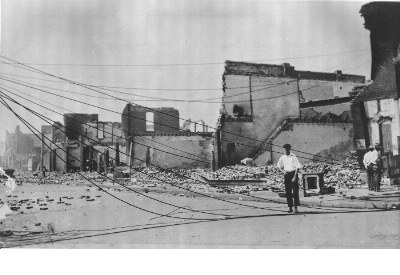





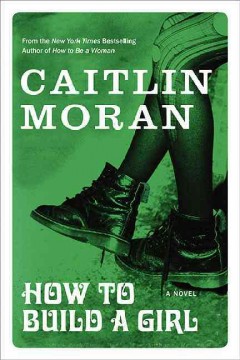









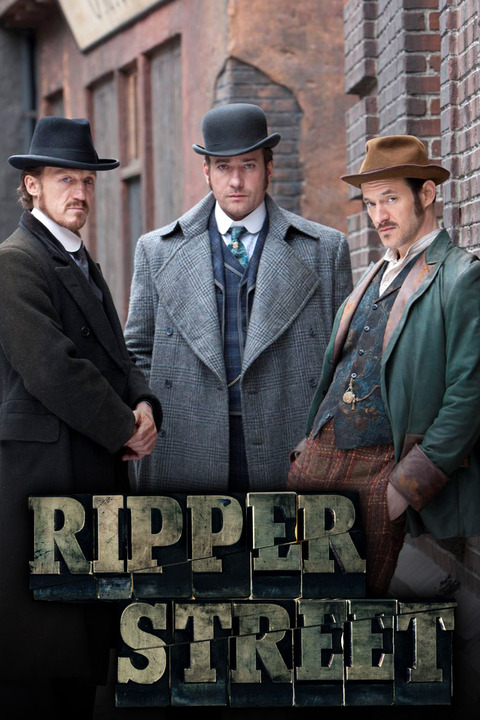
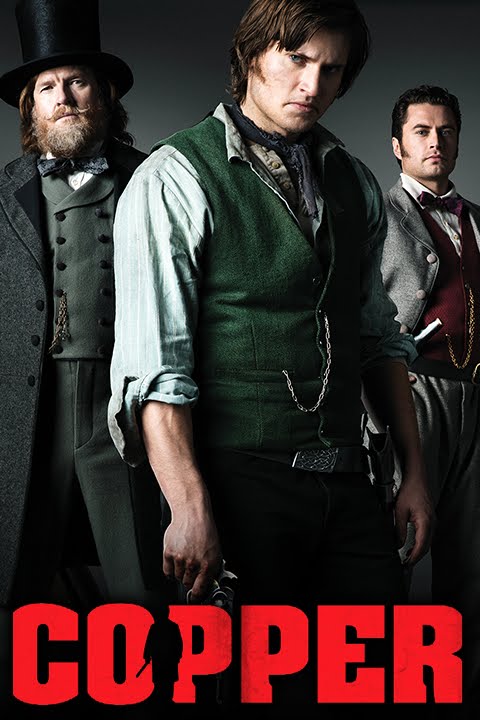

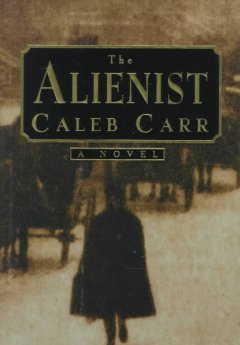 he Alienist
he Alienist t and Shadow: An Account of the Ripper Killings by Dr. John H. Watson
t and Shadow: An Account of the Ripper Killings by Dr. John H. Watson
